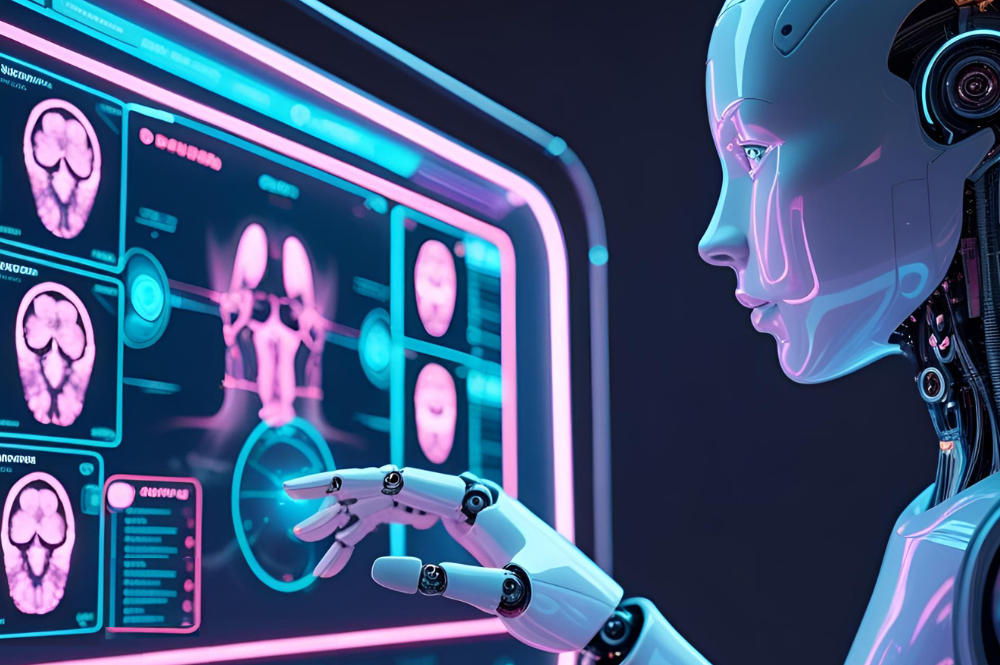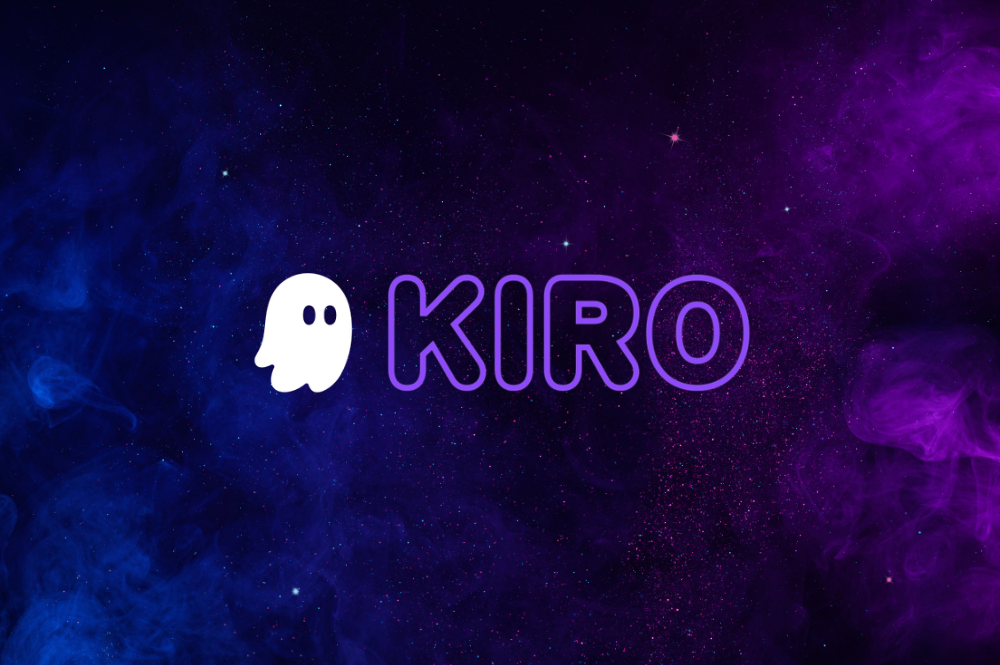Your imaging teams are under pressure. Radiologist shortages are rising, imaging volumes are soaring, and maintaining diagnostic speed and accuracy is getting harder each year. With imaging demand growing around 5% annually and radiologist supply lagging behind at just 2 percent, the gap is widening fast. This is where Generative AI in medical imaging steps in, not as hype, but as a practical, scalable solution. Rather than relying on more staff or manual effort, healthcare organizations are adopting Generative AI healthcare services to streamline workflows, cut delays, and improve diagnostic accuracy.
Real-world results are already here. One hospital in Japan, for example, reduced discharge summary prep time by up to 90% using AWS-powered Generative AI. At Cloudelligent, our HIPAA-compliant solutions integrate seamlessly with your existing imaging infrastructure while delivering measurable results in weeks, not months.
In this blog, we’ll explore how Generative AI is transforming both imaging and pathology analysis. We’ll also look at how AWS-backed solutions can help you deliver faster, more accurate diagnoses with confidence.
What’s Slowing Down Clinical Imaging and Pathology Analysis?
Both imaging and pathology departments face growing challenges that are difficult to manage with current resources and processes. Turnaround times are rising as the volume of studies increases, but the tools in place aren’t built to scale at the same pace.
In medical imaging, manual analysis faces three major limitations:
- Time constraints that create diagnostic bottlenecks.
- Inter-observer variability affects consistency.
- Resource constraints limit your ability to handle growing case volumes.
Pathology analysis presents its own set of hurdles:
- Analyzing large volumes of histopathology slides is time-consuming and requires specialized expertise.
- Increasing caseloads make it harder for pathologists to maintain speed and consistency.
- Complex or rare conditions require more time and attention to diagnose accurately.
- Integrating pathology data with radiology scans, lab results, and electronic health records adds to the complexity.
That’s why many healthcare leaders now view AI in medical diagnostics not as an option, but a necessity. From developing foundation models for radiology to applying Generative AI healthcare services across departments, advanced technologies are helping improve efficiency and patient outcomes. The shift is already happening, and the organizations embracing it are leading the way.
How Generative AI in Medical Imaging Works?
Generative AI in medical imaging marks a major shift from traditional AI models that classify or detect abnormalities. Unlike those models, generative systems can synthesize, enhance, and analyze images. They also produce meaningful insights by connecting data from multiple sources.
Traditional AI acts like a skilled pattern detector. It’s great at spotting known conditions, but its capabilities are often narrow. Generative AI, especially in multimodal use cases, goes further. It can interpret images and generate detailed narrative reports, functioning like an intelligent assistant that combines visual analysis with clinical context.
This technology also stands out for its ability to bring together diverse data types. It can integrate radiology scans, pathology slides, lab results, clinical notes, and patient history. By processing this complex health data, Generative AI helps clinicians uncover patterns, predict treatment outcomes, and gain deeper insights into disease progression.
4 Ways Generative AI Is Transforming Clinical Diagnostics
The applications we’re seeing today go far beyond experimental prototypes. These are production-ready solutions delivering measurable results in real clinical environments today.
1. Image Enhancement and Reconstruction
One of the most immediate use cases addresses a long-standing challenge: balancing diagnostic image quality with patient safety. Generative AI in medical imaging improves clarity, enhances detail, detects subtle patterns, and highlights areas of concern for clinical review. It also supports data augmentation by creating synthetic images for model training.
A key example is low-dose CT and MRI reconstruction. Generative models help maintain diagnostic precision while reducing radiation exposure. These systems reconstruct high-quality images from incomplete or lower-quality data, transforming noisy scans into reliable visual assets. It’s a breakthrough that benefits both patient safety and physician confidence.
2. Data Augmentation for Rare Cases
Generative AI in medical imaging becomes especially powerful when addressing rare or atypical conditions. Many diagnostic models underperform in infrequent cases due to limited training data. Generative AI can overcome this limitation by augmenting datasets with realistic, rare-case scenarios.
Take the Bioptimus H-Optimus-O model, for example. It is trained on 500,000 whole slide pathology images and built with 1.1 billion parameters. It enables fast, accurate classification at the patch level and helps detect cancerous cells in challenging samples. By generating synthetic versions of underrepresented pathologies, these models improve performance across a wider spectrum of diseases. This ensures better diagnostic accuracy in edge cases.
3. Automated Pathology Slide Analysis
Pathology is undergoing a significant transformation. Foundation models powered by Generative AI in medical imaging and pathology analysis are streamlining how histopathological data is interpreted. These tools enhance early cancer detection while reducing diagnostic bottlenecks.
Generative models can segment, label, and analyze cellular structures with accuracy rivaling expert pathologists. Beyond just highlighting abnormalities, they also deliver predictive insights, helping clinicians assess malignancy risks earlier. Rather than replacing human expertise, these tools support it and scale the capacity of pathology teams to meet increasing demand.
4. Multi-modal Insights for Complex Diagnoses
The real strength of Generative AI in medical imaging lies in its ability to combine imaging data with other critical patient information. For example, it can enhance breast cancer analysis by integrating mammograms with genomic data and clinical notes. It can also support cardiac diagnostics by linking scans with lab results and symptoms.
This multimodal capability provides a more complete and contextual view of the patient. By connecting imaging with pathology slides, EHRs, and lab data, generative AI supports earlier diagnoses, more personalized treatments, and better clinical decisions.
How AWS Supports Generative AI Use Cases in Medical Imaging
AWS has emerged as the go-to platform for healthcare organizations serious about deploying Generative AI at scale. The following AWS services are at the core of successful Generative AI applications in medical imaging:
- Amazon SageMaker: Provides the foundation for building, training, and deploying custom imaging models. Healthcare companies are using Amazon SageMaker exclusively to build foundation models, taking advantage of AWS technology quality, data storage capabilities, and scaling abilities.
- Amazon Bedrock: Offers secure access to high-performing foundation models without the complexity of managing infrastructure. Over 10,000 healthcare organizations worldwide use this fully managed service to integrate models from leading AI providers through a single API.
- AWS HealthLake: Enables integration of imaging outputs with longitudinal patient data, creating the comprehensive patient view that generative AI thrives on. AWS HealthLake can integrate imaging outputs with patient longitudinal data while maintaining HIPAA compliance.
- AWS HealthImaging: Provides purpose-built cloud storage for medical imaging applications, enabling organizations to access dynamic, cost-effective, scalable capacity for storing, analyzing, and managing medical imaging data.
The entire ecosystem maintains HIPAA compliance and enterprise-grade security, addressing the regulatory requirements that often stall healthcare AI initiatives.
What Happens When Healthcare Gets Generative AI Right
The impact extends far beyond operational efficiency. Organizations using Amazon Bedrock have reduced the time required for discharge summaries by up to 90 percent, bringing it down to approximately 1 minute per patient.
- Faster, More Accurate Diagnostics: You can experience reduced patient wait times and earlier detection of critical conditions. AI algorithms are capable of forecasting breast cancer years before it manifests or assessing pancreatic cancer risk based solely on electronic health records.
- Scalability Without Linear Cost Increases: Imaging centers can manage rising case volumes without needing to expand staff at the same rate. Cloud-based Generative AI scales dynamically with demand, which enables efficient resource utilization and cost control.
- Improved Clinician Workflows: Healthcare organizations can decrease burnout by automating routine tasks. AI services alleviate radiologists’ workload by automating mundane tasks, reducing burnout, and enhancing care delivery in underserved areas.
- Early Detection Capabilities: This directly translates to reduced treatment costs and improved patient outcomes. Conditions caught earlier are typically less expensive to treat and carry better prognoses.
Beyond diagnostics, AWS healthcare environments come with their hurdles. Discover the top 5 cloud pain points shared by healthcare providers and how to fix them in our blog on Optimizing AWS Healthcare: 5 Pain Points Shared by Our Customers.
Transform Clinical Diagnostics with Generative AI and Cloudelligent
Cloudelligent empowers healthcare and life sciences organizations to deploy HIPAA-compliant Generative AI pipelines on AWS, accelerating imaging diagnostics while maintaining security and compliance. Our AWS-certified experts design, build, and operationalize AI workflows tailored to your clinical and infrastructure needs. Schedule a free Generative AI Assessment today to start transforming your medical imaging and pathology workflows.










